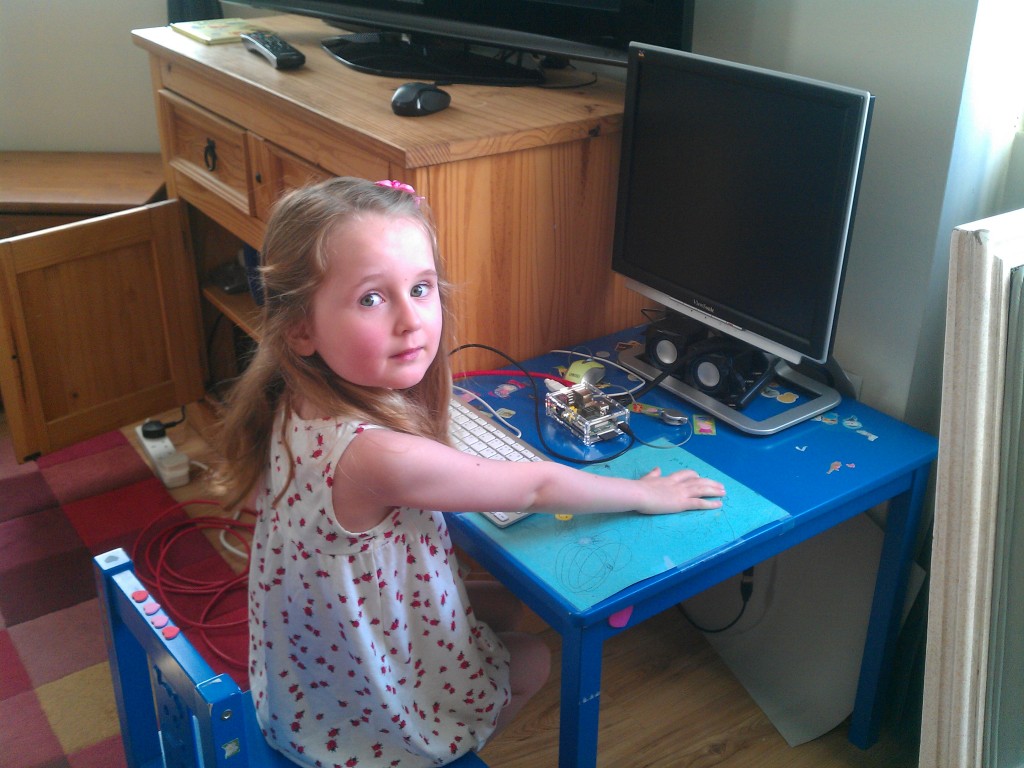I previously wrote about how Cacti uses rrdtool to store and graph data. Cacti uses templates to define how it interacts with rrdtool as well as how it manages devices. Unfortunately, how objects inherit from these templates varies.
You are currently browsing the yearly archive for 2013.
I have imported Calibre 0.9.18+dfsg1-1bzr and its dependencies into my Apt repository for Ubuntu quantal (and Linux Mint 14). Although this isn’t the latest software release, it is the latest release published in Ubuntu raring. This makes it very easy to backport with pbuilder.
Cacti is a great tool. I use it for collecting and graphing all kinds of data about my servers and networks. But after using it for so many years, I’ve learned its weaknesses. It is quite easy to make a mistake setting up Cacti that you later come to regret – and cannot fix. Before using Cacti to graph real data, you need to understand how it works.
This is the first in a series of related blog posts about Cacti.
I recently built a storage server (SAN/NAS/whatever) with Nas4Free on a Supermicro 6037R-E1R16N. If you’ve ever built a SAN, you’ve seen one of these. Lots of disks in a ZFS array, with a filesystem exported via NFS or a volume exported via iSCSI. After almost a month of operation, I discovered that Nas4Free defaults to having no swap space. And this means your storage server will not be stable.
This weekend Pascale and I replaced the children’s Ubuntu PC with a Raspberry Pi. Pascale is my oldest daughter, now 4.5 years old.
Pascale loves the Raspberry Pi logo, and calls the new computer “Raspberry Pi … Pi Pi Pi!” I installed Raspbian on the SD card the night before. The next morning, we sat down together with all the parts and cables. We watched the video and assembled the enclosure together. Then Pascale figured out all where all the cables go and how they snap in. We’re still waiting for the HDMI-to-DVI cable to connect it to the screen on her table, so we tested it on the TV.
Tags: pascale, raspberrypi
I run SSHd on my Android phone. This means I can copy files via wireless SFTP, and back it up with BackupPC. It beats using USB or Dropbox. With Android 4.1 and up (Jelly Bean), the default umask for files has changed from “000” (users/programs can write to nearly any file) to “077” (users/programs can only write to files they own). This is better, but meanwhile many Android programs expect the old behaviour. QuickSSHd (a 99p Android dropbear SSH server) is one of them.
I recently added a few new files (.tar.gz archives) to the ownCloud folder on my desktop PC. The next morning I discovered that my laptop couldn’t sync them. The ownCloud client (Csync) displayed:
Csync processing step propagate failed
Starting the client with “owncloud --logwindow” produced this message:
Tags: owncloud
A few months ago, I moved to Linux Mint 14 “nadia”, which is based on Ubuntu 12.10 “quantal quetzal”. I sometimes see this error after running a commmand with sudo:
rm: cannot remove `/run/user/root/gvfs': Is a directory
This happens because the root user has started a gvfsd daemon, which mounts a virtual filesystem on that directory. The root user should never run GNOME, so it should never need gvfsd. But something in Ubuntu 12.10 starts one sometimes.
Cacti is a wonderful tool, but many of the default graphs are ugly. Worse, the “ucd/net Memory Usage” graph is totally useless. It displays memory which is free, or dedicated to cache or buffers. But it doesn’t display the actual used memory or total. And it uses the wrong base, assuming there are 1000 bytes in a kilobyte of memory. I can’t imagine why this graph template is even included with Cacti by default. So, I set out to make a better one.
Tags: cacti
My friend Soren recently gave me a Super Power Bank, a nifty portable Lithium battery pack with two USB ports for charging devices on the go. The Super Power Bank has a 6600 mAh battery with two USB ports for charging devices; one providing 1.0 A, the other 2.1 A. He asked me a question: do my devices charge faster on the 2.1 A port? Down the rabbit hole I flew.
Tags: android, electronics, science, usb








Recent Comments